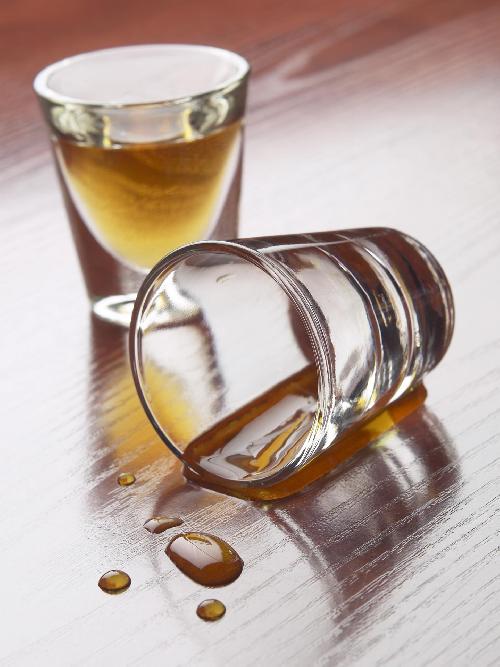TUCSON, Ariz. - In contrast to enduring stories about extraordinarily high rates of alcohol misuse among Native Americans, University of Arizona researchers have found that Native Americans' binge and heavy drinking rates actually match those of whites. The groups differed regarding abstinence: Native Americans were more likely to abstain from alcohol use.
The UA study, published online Feb. 8 in the journal Drug and Alcohol Dependence, was conducted by James K. Cunningham, PhD, lead author, a U.S. Fulbright scholar and social epidemiologist with the UA Department of Family and Community Medicine and the UA Native American Research and Training Center; Teshia A. Solomon, PhD, (Choctaw), director of the Native American Research and Training Center; and Myra Muramoto, MD, MPH, head of Family and Community Medicine.
The researchers analyzed data from a survey of more than 4,000 Native Americans and 170,000 whites between 2009 and 2013. Called the National Survey on Drug Use and Health, the survey was administered by the U.S. Substance Abuse and Mental Health Services Administration. The UA study also used another nationally representative survey, the Behavioral Risk Factor Surveillance System administered by the U.S. Centers for Disease Control and Prevention, to measure how often Native Americans and whites engaged in excessive drinking in the past month. Again, findings for the two groups were comparable.
 A study by researchers at the UA College of Medicine - Tucson dispels myths about Native Americans and drinking. Credit: Photo: University of Arizona Health Sciences
A study by researchers at the UA College of Medicine - Tucson dispels myths about Native Americans and drinking. Credit: Photo: University of Arizona Health Sciences
About 17 percent of both Native Americans and whites were found to be binge drinkers, and about 8 percent of both groups were heavy drinkers. Binge drinking was defined as five or more drinks on one to four days in the past month. Heavy drinking was five or more drinks on five or more days in the past month. Sixty percent of Native Americans reported no alcohol use in the past month, compared to 43 percent of whites.
"Of course, debunking a stereotype doesn't mean that alcohol problems don't exist," Dr. Cunningham said. "All major U.S. racial and ethnic groups face problems due to alcohol abuse, and alcohol use within those groups can vary with geographic location, age and gender.
"But falsely stereotyping a group regarding alcohol can have its own unique consequences. For example, some employers might be reluctant to hire individuals from a group that has been stereotyped regarding alcohol. Patients from such a group, possibly wanting to avoid embarrassment, may be reluctant to discuss alcohol-related problems with their doctors," he said.
Dr. Solomon noted that comparable rates of alcohol use do not necessarily result in comparable rates of alcohol-related health problems. "Native Americans as a group have less access to medical care, safe housing and quality food, which can amplify health problems connected to alcohol," she said.
"Negative stereotyping of groups of people who have less access to health care creates even more health disparities," Dr. Muramoto said. "Based on a false negative stereotype, some health-care providers may inaccurately attribute a presenting health problem to alcohol use and fail to appropriately diagnose and treat the problem."
The researchers feel that their study could impact beliefs about Native Americans' alcohol use.
"It's our hope that the media--movies, television, newspapers, radio, Internet--will represent Native American alcohol use more accurately," Dr. Cunningham said. "It's time to let the myths about elevated drinking fade away."
source: University of Arizona Health Sciences Center